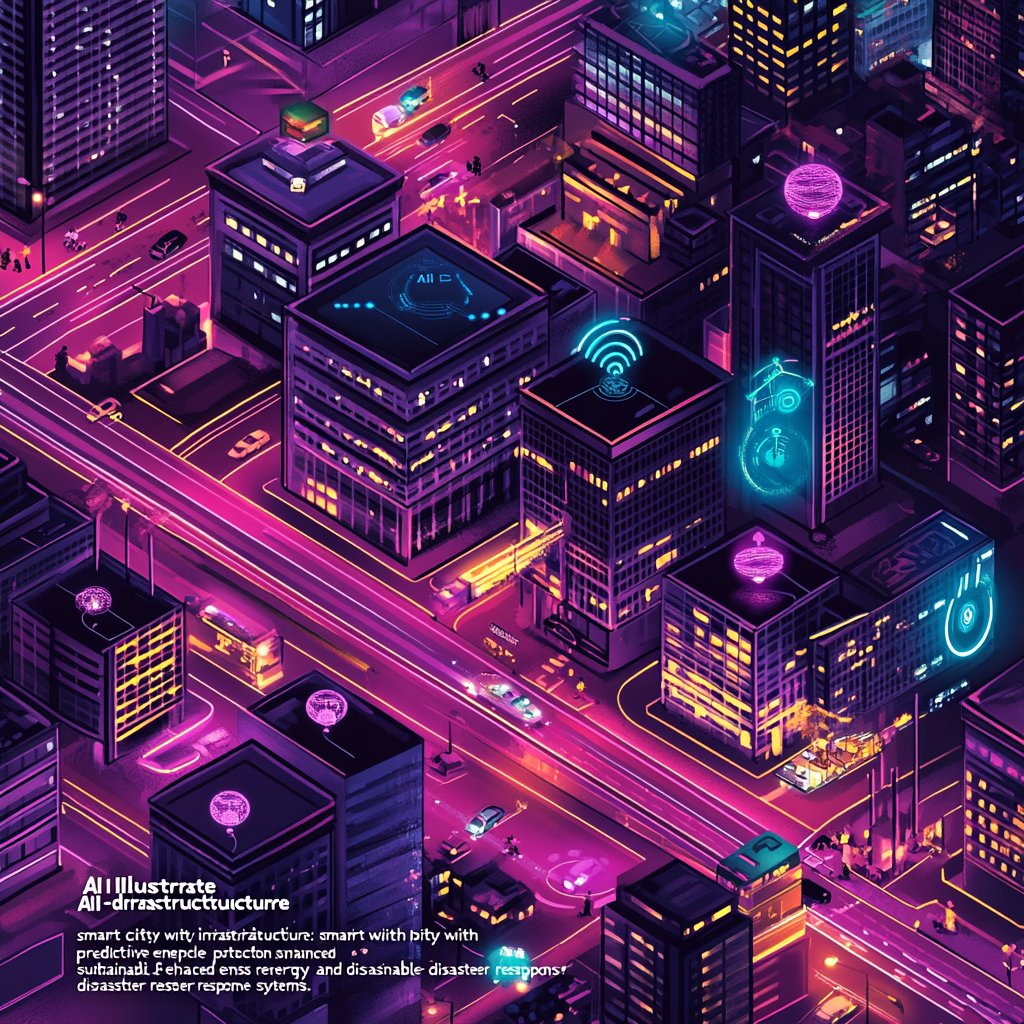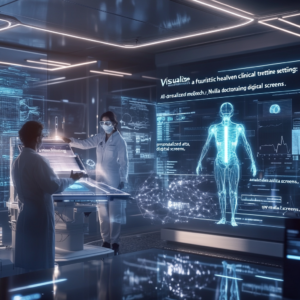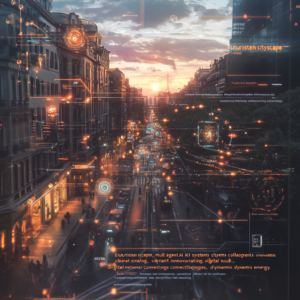
Research uses AI to make infrastructure more resilient, sustainable
In the world of infrastructure, where steel beams and concrete are often praised for their resilience, artificial intelligence (AI) is stepping in like a superhero ready to save the day. The fusion of traditional engineering methods and cutting-edge technology is not just a passing trend; think of it as the marriage between power tools and brainpower, crafting structures that aren't just built to last but designed to outsmart disasters and climate chaos.
Take, for instance, the pioneering work of Ali Behnood, a civil engineering assistant professor over at the University of Mississippi. This guy isn’t creating a two-car garage; his ambition is to fundamentally alter how we think about infrastructure. With over 60 research articles under his belt, Behnood is diving into the mechanics of sustainable building like a scientist in a lab full of colorful liquids and unpredictable reactions—only here, the stakes are high, and the world is watching. His NextGen Infrastructure Lab isn't just a cool title; it symbolizes a revolution where eco-friendliness meets engineering brilliance, recycling materials and industrial by-products to build a future that doesn’t just prioritize durability but also sustainability. Who knew building roads and bridges could be so exciting?
Let’s talk potholes, those unsightly divots in the asphalt that are more than just a nuisance—they're like little disasters waiting to happen. Behnood’s team is deploying AI algorithms to predict how asphalt pavements, particularly those made from reclaimed materials, will hold up to moisture and wear. Imagine a world where roads fix themselves before the first sign of trouble. That’s the future Behnood and his team are pushing towards. They’re not just crunching numbers; they’re crafting smarter streets, which brings me to the broader picture of AI’s role in infrastructure management.
As we venture deeper into this realm, it’s clear that AI is not only about predictive maintenance but also about comprehensive upgrades to our aging systems. Think about it: AI is being used to design smarter bridges, optimize waste management, and keep an eagle eye on railroads to catch faults before they become catastrophic. The Smarter, Cleaner Sydney Harbour initiative is a prime example, deploying AI-driven sensors and cameras to tackle litter pollution like a superhero squad swooping in to save the day. This is about proactively managing our environment, ensuring a cleaner planet while we’re at it.
Then there’s adaptive management at the Port of Rotterdam, where machine learning attempts to smooth out the chaos of ship traffic, weather, and structural wear—all while keeping costs low. It's not just engineering; it's like treading water in a pool of complex information and emerging with a diamond of efficiency. How’s that for multitasking?
But let’s not forget the more dramatic side of AI's application. In the chaotic aftermath of natural disasters, AI can be a guiding light, directing traffic during mass evacuations and minimizing risks with calculated precision. This capability is invaluable, especially when time is of the essence and every second counts. Picture some genius in an office decked out in computer screens, utilizing algorithms to calculate the safest exits while folks are scrambling.
Moreover, AI allows for innovative solutions through digital twins—virtual replicas of physical infrastructure. Researchers at MIT have harnessed these digital twins to train robots. Instead of sending robots into the wild with no experience, they can simulate countless scenarios in controlled environments that mimic the real world. It’s like sending them to Ninja School without the risk of broken limbs. The result? Improved performance and efficiency, which is surely worth celebrating.
Now, let’s dive into the world of collaboration because no innovation springs from a vacuum. Rodrigo Fernandez from Bentley Systems and Johanna Jarvinen from One Click LCA have emphasized the necessity of joining forces—policymakers, industry leaders, and academics—at the negotiation table. Life Cycle Assessments (LCA) are essential here, evaluating the environmental impact of everything from raw materials to the final product. It’s a complex web that requires finesse to navigate, but without this collaboration, the route to decarbonization remains perilously bumpy.
Onward to the spotlight on challenges. Yes, there are hurdles, and they can’t be ignored. For starters, there’s a talent gap that looms over the engineering sector like a dark cloud. Skilled professionals in the infrastructure field are in short supply, and while programs like the EB-3 visa offer some glimmers of hope, it remains a daunting task to fill the gaps that exist. Then there are data silos, a fancy term for the mess that happens when information gets stranded in isolated pockets. Infrastructure projects, by their nature, are long-lived and need holistic consideration—they demand thorough carbon calculations, costing, and performance metrics. It’s a headache, but addressing this head-on is vital for progress.
Let’s not downplay the legal labyrinth either. Regulatory and policy changes can throw wrenches into well-laid plans, making early decarbonization efforts and continuous improvement strategies a necessity for survival in this field. So, while we celebrate the advances AI brings to our infrastructure, it’s essential to acknowledge that the road ahead isn’t paved with roses. It’s more like one of those bumpy dirt roads where every turn holds the potential for a surprise—a rocky one at that.
In wrapping up this exploration of AI interwoven with infrastructure, we’re looking at an exciting landscape, full of promise and potential challenges. Whether it’s predicting potholes or managing waste, AI is reimagining how we build, maintain, and safeguard our cities and roads. The stakes are high, but the payoff could be an infrastructure network that smartly responds to both human needs and environmental realities.
So, are you ready to hop on this thrilling ride? The future is solid, sustainable, and smarter than ever. Want to stay up to date with the latest news on neural networks and automation? Subscribe to our Telegram channel: @channel_neirotoken. Don’t miss out on a single innovation that keeps our world turning—your future could depend on it! Remember, the future of infrastructure isn’t just being built; it’s being intelligently constructed right before our eyes.

